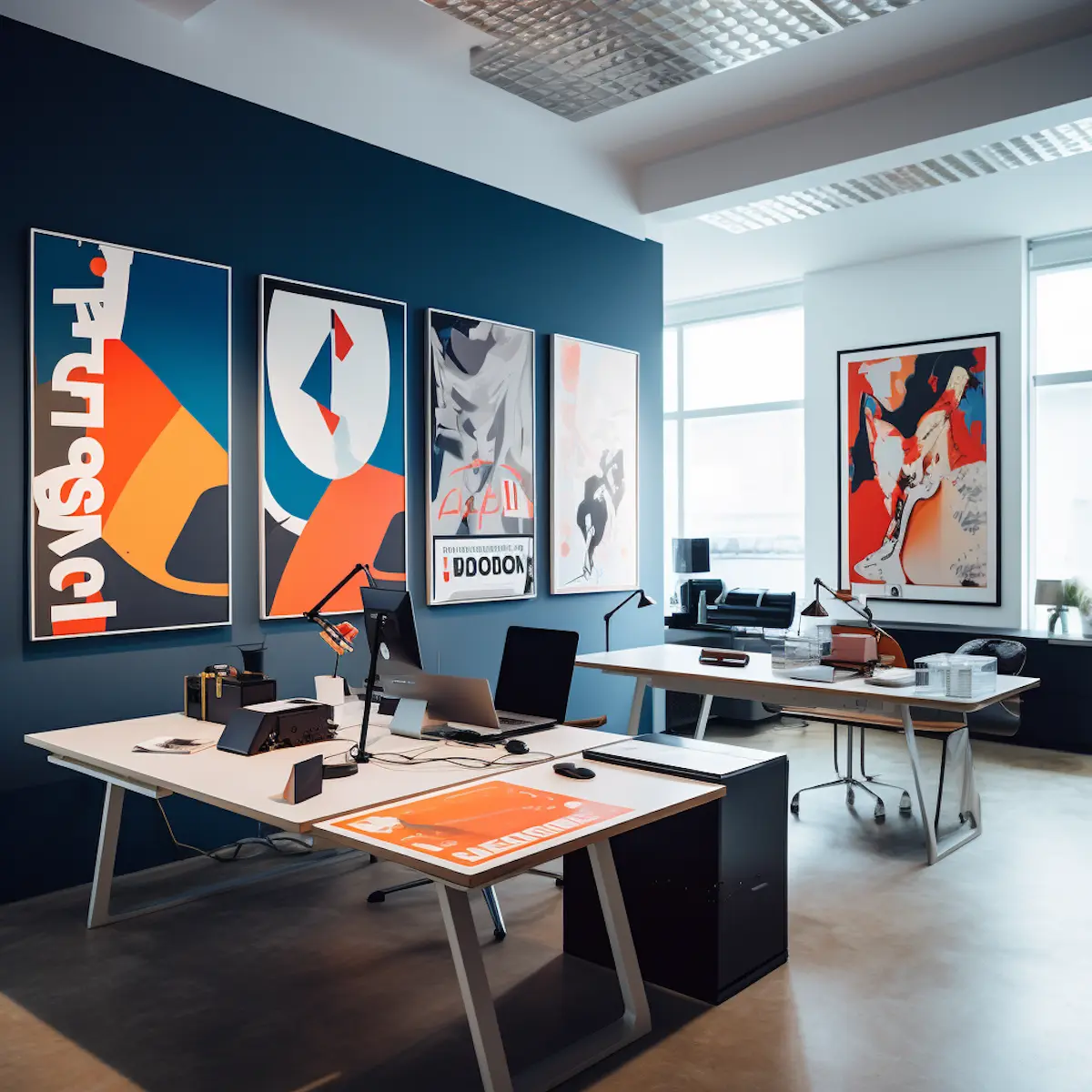For new startups venturing into the Software as a Service (SaaS) landscape, the design of your product isn't merely about aesthetics – it's the fundamental blueprint for adoption, user retention, and ultimately, global success.
In a market teeming with innovation, a well-thought-out design strategy can be your most powerful differentiator, shaping how users perceive, interact with, and ultimately value your solution.
So, what are the critical design considerations when building a SaaS product from the ground up for the dynamic world of new startups?
User-Centricity Above All Else
At the heart of every successful SaaS product is a deep understanding of its target users. For startups, this means intensely focusing on:
- Problem-Solution Fit: Does your design clearly and intuitively solve a pressing pain point for your niche?
- Onboarding Simplicity: New users need to grasp your product's value quickly. Design flows that minimize friction, guide them effortlessly, and deliver an early "aha!" moment.
- Intuitive UX/UI: The interface must be clean, logical, and easy to navigate, reducing the learning curve and encouraging sustained engagement. Every click, every input field, every visual element should serve a clear purpose.
An intuitive UX/UI is paramount: the interface must be clean, logical, and easy to navigate, reducing the learning curve and encouraging sustained engagement. Every click, every input field, every visual element should serve a clear purpose, making the user experience seamless and enjoyable.

Building Trust and Credibility Through Visuals
Especially for new entrants in a competitive market, visual design plays a crucial role in establishing authority and trustworthiness. A professional aesthetic – clean, modern, and consistent – signals reliability and attention to detail.
This isn't just about pretty colors; it's about conveying competence and a serious approach to your solution. Ensure brand consistency across every touchpoint, from your product's login screen to its analytics dashboard, reinforcing your startup's unique identity.
Furthermore, design elements that clearly communicate data security, privacy policies, and readily available support channels can significantly boost user confidence, turning initial curiosity into lasting trust.
A Global Mindset from Inception
Even if your initial market focus is local, designing with a global perspective from the start can save immense effort and open up new opportunities later. Think about localization considerations: how might your UI adapt to different languages (e.g., text expansion/contraction), date formats, currency symbols, and crucial cultural nuances?
Moreover, embrace accessibility by designing for inclusivity, ensuring your product is usable by individuals with diverse abilities. This not only broadens your potential user base but often leads to a more robust and user-friendly design for everyone.
For new SaaS startups, thoughtful product design isn't a luxury; it's a strategic imperative. It's about crafting an experience that resonates with users, supports business growth, and lays a robust foundation for long-term success in the competitive SaaS landscape.








